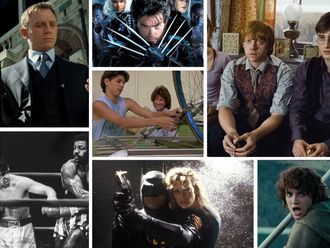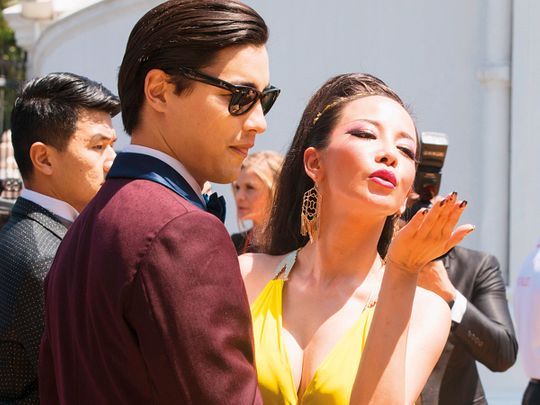
They’ve found a home in Hollywood, appearing in the some of the biggest films and TV shows of the year. But on a balmy December evening, a group of young Asian-Australian actors were relaxing together in a place where they’re rarely recognised: the country where they grew up.
At a Melbourne rooftop bar, they were reflecting on their year’s work. “It’s the most I’ve ever auditioned,” said John Harlan Kim, 25, a Korean-Australian actor, who moved to the US five years ago and recently wrapped a four-season stint on ‘The Librarians’.
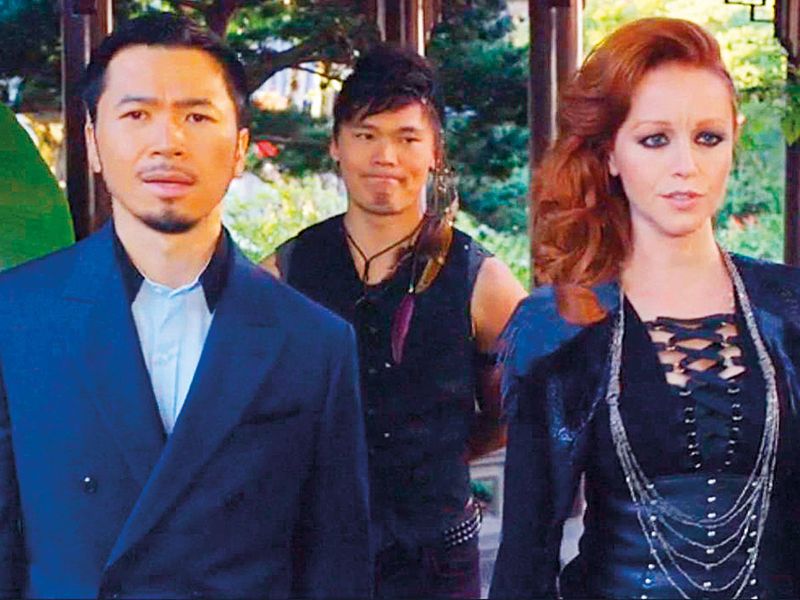
Chris Pang, 34, who appeared in 2018’s box office hit ‘Crazy Rich Asians’, agreed. “Right now diverse content is selling, and it’s hot,” he said, adding: “It’s now or never. We’ve got to keep the momentum going.”
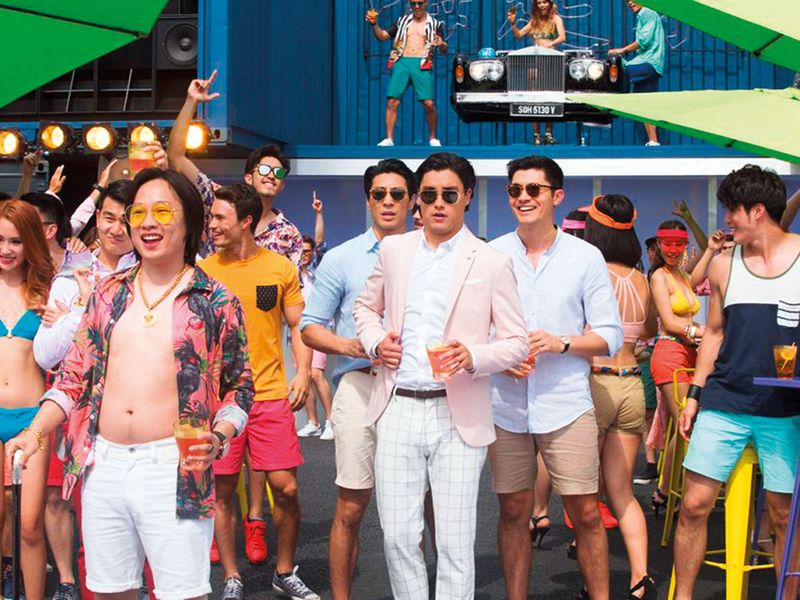
For many of Australia’s most lauded white actors, making a name for themselves at home was a critical milestone on the way to success in Hollywood. But Asian-Australian actors say there are few roles available to them in Australia, and those parts are often ancillary or based on outdated stereotypes.
So rather than try to first make it in Australia, many Asian-Australian actors are heading straight to Los Angeles, and succeeding.
There is still much to overcome. Many actors of Asian descent say they continue to be overlooked, especially for major roles. And yet for some, this feels like a moment of promise.
The worldwide success of ‘Crazy Rich Asians’ and critically acclaimed performances by Asian-American actors, including Sandra Oh and Lana Condor, has helped create an incentive for more diverse casts as Hollywood (parts of it, at least) seems to be learning that multicultural entertainment is good for business.
According to a 2018 study by the University of California, Los Angeles, the top-grossing global films increasingly have casts that, while majority white, are increasingly diverse.
“Films with casts that were from 21 per cent to 30 per cent minority enjoyed the highest median global box office receipts and the highest median return on investment,” the study said.
According to UCLA, the percentage of films with predominantly white casts (at least 90 per cent white) fell to 37 per cent in 2016, from 51 per cent in 2011.
Also in 2016, the most recent year for which there is comprehensive data, Asian actors appeared in 3.1 per cent of Hollywood film roles, compared with 12 per cent for black actors and 78 per cent for whites.
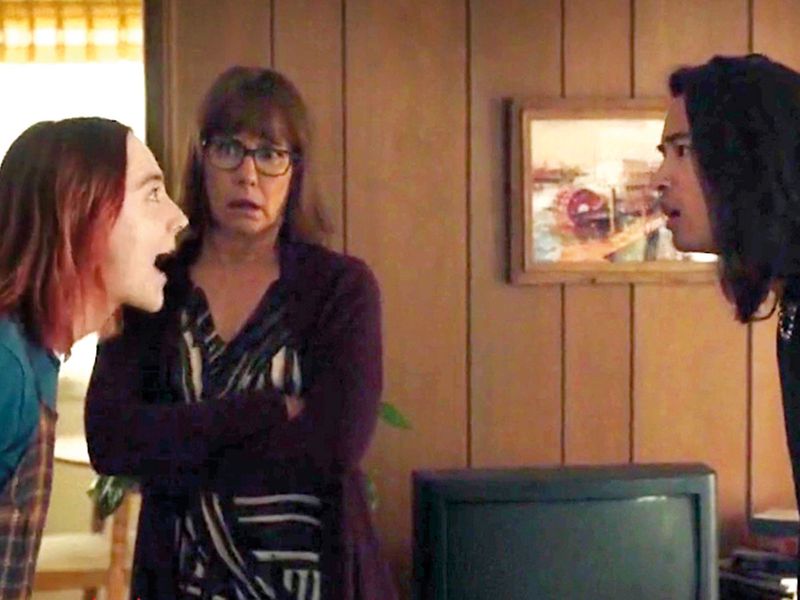
Asian-Australian actors in particular are becoming more visible.
Malaysian-Australian actor Jordan Rodrigues appeared in the 2017 hit ‘Lady Bird’. Natasha Liu Bordizzo, who grew up in Sydney, appeared in ‘The Greatest Showman’ and ‘Hotel Mumbai’. Remy Hii, who was in ‘Crazy Rich Asians’, will star in the next Spider-Man film, and Desmond Chiam is set to star in ‘Reef Break’, a crime thriller to air in the US this summer on ABC.
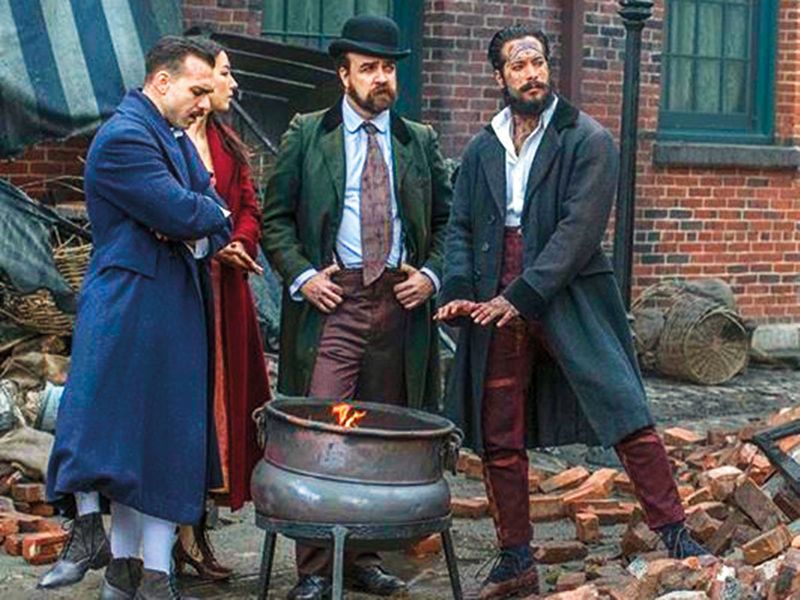
Their success overseas in such a wide range of roles has amplified a conversation in Australia about whether the country’s entertainment industry needs to be more inclusive.
It has been a particularly busy year for Pang. Besides his role in ‘Crazy Rich Asians’, he produced a drama called ‘Empty by Design’ and wrapped filming for an upcoming ‘Charlie’s Angels’ reboot.
But success, he said, was hard-fought and happened only once he was willing to leave Australia.
Pang, who is of Taiwanese and Chinese descent, started acting 13 years ago after a job as a phone salesman landed him at the door of a casting agency. Agency staff members purchased three phones and asked if he could do a Chinese accent. Suddenly, he was being paid for a voice-over in the Jackie Chan film ‘New Police Story’.
Soon after, he travelled around China and Hong Kong looking for roles. Eventually, he landed what looked like a breakthrough turn in ‘Tomorrow When The War Began’, a dystopian action film that was Australia’s highest-grossing movie in 2010.
But he struggled to find work afterward. In 2013, a castmate persuaded him to move to Los Angeles.
“I definitely wouldn’t be here right now if I didn’t make that move,” he said.
He had self-esteem issues growing up, and he was partly motivated, he said, by a desire to see the kind of confident, complex Asian men in films and TV who would have given him the role model his 12-year-old self needed.
“I’m not lesser. I’m normal,” he said. “I never want another kid to grow up and have to go through that.”
Charlotte Nicdao, 27, a Filipino-Australian actress who has appeared in the TV shows ‘Childhood’s End’ and ‘Please Like Me’, said she similarly found a broader welcome and more success in the United States.
“So many of us leave Australia to find work because it’s not here for us,” she said, adding that many of the Australian actors that have moved to Los Angeles are people of colour.
It was in Los Angeles that she first found herself identifying with the lead role in scripts rather than supporting parts. “I suddenly discovered a world of potential that had just not existed for me here,” she said.
According to some industry insiders, it is not that Hollywood is necessarily more open-minded; it’s just bigger. “If we get anyone of even” the smallest talent, “they jump ship,” said Adam Ross, chairman of the Australian Film Critics Association.
One reason work is hard to find in Australia, he said, is simply a function of a smaller, younger and less lucrative film industry. The US film industry and market is “an infinitely bigger machine,” Ross said. “There’s probably only half a dozen studio films compared to half a hundred in America.”
Some industry gatekeepers are beginning to take note. Government agencies like Screen Australia are making a concerted effort to fund diverse programming. Broadcasters like SBS are airing shows like ‘The Family Law’, which follows the travails of a Chinese-Australian family.
But still, according to Screen Australia’s 2016 report, nonwhite actors appear on TV and in movies at about half the rate they are present in the population.
Increasingly, those who want to see their stories told are taking filmmaking into their own hands.
“Sometimes you have to just do it yourself,” said Matthew Victor Pastor, a Filipino-Australian director. Inspired by a trip to Los Angeles in 2017, Pastor has written and directed six largely independent feature films in the past 18 months.
“It’s about seeing those faces,” he said. “It’s about seeing those stories. It has a lot of weight.”
That sentiment was shared by Pang and his friends as they chatted in the Melbourne bar. Many of them would soon return to Los Angeles as auditions for TV pilots were set to begin.
One of Pang’s friends, Max Brown, 35, said he was considering travelling to audition this year. But with so many Asian-Australian actors abroad, he added, there was much less local competition.
“Well, while you guys are overseas, I’m booking stuff,” he said, joking. “So stay overseas!”











